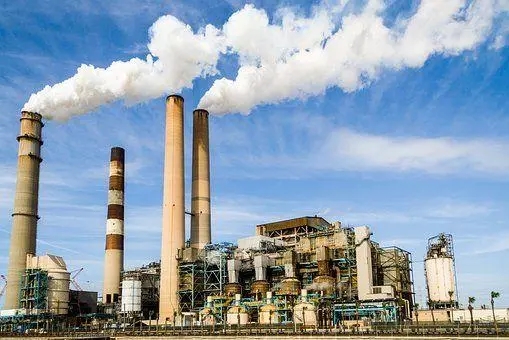山南Magnesium Oxide Uses and Classifications
posted time:2022-03-30 page View:71753Magnesium oxide can be divided into: heavy-burned magnesium, light-burned magnesium, industrial magnesium oxide (light magnesium oxide), heavy magnesium oxide, activated magnesium oxide, high-purity magnesia, fused magnesium oxide, magnesium oxide whiskers, magnesium peroxide, Nano magnesium oxide, magnesium hydroxide. Its chemical formula is MgO, the relative molecular weight is 40.30, the melting point is 2800 degrees, odorless, tasteless, non-toxic white amorphous powder, insoluble in water, insoluble in alcohol, soluble in acid or ammonium salt solution, solubility in water It increases with the carbon dioxide content in the water. Magnesium oxide is afraid of water during storage and transportation.
Dead-burned magnesia: mainly used as refractory material for steelmaking furnace lining, and also used to make calcium-magnesium bricks, magnesia-carbon bricks, magnesia-alumina bricks and insulating fillers for electric heating and electrical components.
Light Burnt Magnesium: The chemical industry is used as a raw material for the production of magnesium sulfate, magnesium hydroxide, and magnesium chloride. The building materials industry is used to make magnesium mobile houses, raw materials for magnesium fertilizer production, neutralizing agent for waste acid, adsorbent for heavy metal ions, etc.
Industrial magnesium oxide: Also known as light magnesium oxide, it occupies a very important position in many inorganic salt products. Mainly used in the manufacture of ceramics, enamels, refractories, etc.; as fillers in the manufacture of polishing agents, adhesives and paints; as accelerators and catalysts in man-made fibers and rubber (neoprene rubber, fluororubber); in pharmaceuticals It can be used as an antacid and laxative in the treatment of gastric hyperacidity, gastric and duodenal ulcer disease; in food processing, it can be used as a decolorizing agent in sugar refining, as a PH value adjuster for ice cream powder, etc.; In the construction industry, magnesium oxide can be used to produce magnesium-containing special cement and insulation boards, etc.; in agriculture, it is used as fertilizer and livestock feed. It is the main element in the process of metabolism and animal metabolism. It can prevent the dysfunction of the nervous system caused by magnesium deficiency, the so-called forage spasm; it is used in the chemical industry to manufacture metal magnesium and magnesium chemicals, such as magnesium sulfate, magnesium oxide, and other chemicals; in addition, it is also used in For water treatment, flue gas washing and for glass, dyes, cables, silicon steel industry, uranium processing, electronics industry, insulating material industry, and for petroleum additives, casting, phenolic plastics and other industries.

Heavy magnesium oxide: mainly used in the magnetic material industry, such as steel ball polishing, phenolic resin raw materials, dyes, etc.
Activated magnesium oxide: It is different from ordinary magnesium oxide, for example, it has a suitable particle size distribution, and the microscopic shape is irregular particles or nearly spherical particles or flaky crystals. Due to its high activity and high dispersibility, it can even be made into fibrous magnesium oxide, which can be easily compounded with polymers or other materials. Due to its high dispersibility, this ultra-fine magnesium oxide can also be used as a filler for paint, paper and cosmetics, a filler and reinforcing agent for plastics and rubber, and an auxiliary material for various electronic materials. The activity of magnesium oxide is mainly determined by two factors: one is the particle size of magnesium oxide. The more stable, the lower the activity. High calcination temperature is beneficial to the crystallization of magnesium oxide. The higher the temperature, the more complete the crystallization and the lower the activity.
High-purity magnesia: refers to sintered magnesia with a content of more than 99% and a bulk density of more than 3.4g%cm3. High-purity magnesia has good high-temperature flexural strength, slag resistance and corrosion resistance, which can improve the service life of steel-making furnace linings, so it is widely used in steel-making furnace lining refractories.
Fused (fused) magnesia: Fused magnesia is one of the main products for the production of magnesium compounds in China. It can be roughly divided into the following product types according to the purity, crystal, form and use of the obtained products: magnesium oxide single crystal, Magnesium oxide polycrystalline, high-purity fused magnesia, fused magnesia for electric heating appliances and fused magnesia for refractory industry, ceramic material industry, fused magnesia for use, etc.
The domestic dosage of magnesium oxide whiskers, magnesium peroxide, and nano-magnesium oxide is not very optimistic. They have special physical and chemical properties. Relatively speaking, they have high requirements for content, density, and hydrochloric acid insoluble matter. Hope to develop as a material.

